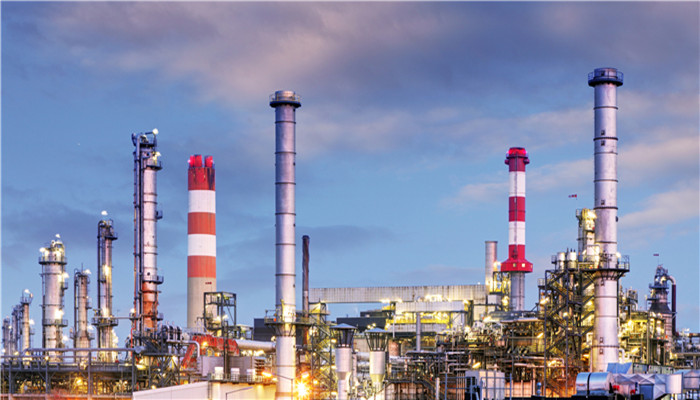
1,3-Dioxane industry has oversupply and lack of development opportunities in the market in the short term.
1,3-Dioxane is a water-white liquid and an excellent organic solvent with a wide range of applications. It can be used as a lithium battery electrolytic solvent, grease solvent, extractant, etc. It is a raw material for the production of copolymer formaldehyde and a An important pharmaceutical intermediate. In terms of production, it is currently mainly generated by the reaction of paraformaldehyde and ethylene glycol.
Domestically, 1,3-dioxanone is mainly used in two major fields: paraformaldehyde and solvents (including lithium battery solvents). Among them, the application demand in the field of polyformaldehyde production is high, accounting for about 78%. In recent years, driven by the rapid development of the new energy automobile industry, the demand for the application of 1,3-dioxanone in the field of lithium battery solvents has also increased.
According to the “Research Report on Application Market Demand and Development Opportunities of China’s 1,3-Dioxane Industry from 2021 to 2026” released by the Industrial Research Center shows that the market demand for 1,3-dioxanone has shown a growth trend in recent years, mainly in the field of battery electrolytic solvents. Affected by the rapid development of my country’s new energy vehicle industry, domestic 1,3-dioxanone production and demand continue to rise. In 2020, my country’s 1,3-dioxanthene demand will be approximately 100,000 tons; The output of 3-dioxane is about 166,000 tons, the import volume is about 4,000 tons, and the export volume is about 70,000 tons.
Based on the analysis of domestic 1,3-dioxanone production status, the current production capacity is mainly concentrated in North China and East China, which account for more than half of the production capacity and output, followed by Central China. At present, domestic 1,3-dioxanone production technology is relatively mature, and the production companies include Ningxia Coal Industry Group, National Energy Group (Ningxia), Jinshengchang Chemical Industry, Longyu Chemical Industry, Senxuan Pharmaceutical Chemical Industry, etc.
The production process of 1,3-dioxanone will create a strong acid environment. Under the background of stricter domestic environmental protection supervision in recent years, the production of 1,3-dioxanone has been restricted, and some companies have suspended production. 1,3- Dioxin imports maintain a steady growth trend. In recent years, my country’s import volume of 1,3-dioxane has basically remained at around 4,000 tons. The import sources are mainly India, Brazil and the United States, with the highest import volume from Brazil.
As far as the development of the 1,3-dioxane industry is concerned, due to environmental protection supervision restrictions, the possibility of future production capacity growth is small, and in the context of tightening supervision, the operating rate of enterprises is likely to decline significantly. It is expected that domestic 1,3-dioxanol production will remain at around 170,000 tons in the future, with the highest import volume being 4,500 tons.
Industrial analysts said that 1,3-dioxane is mostly produced by enterprises for their own use and is used to produce paraformaldehyde. A small amount is circulated in the market and is used in the production of solvents. Currently, the domestic 1,3-dioxin industry is in a situation of oversupply, and there will be no new production capacity in the short term. In order to alleviate the pressure of market competition, relevant companies are actively deploying overseas markets. In the future, the return to normal development of the 1,3-dioxanone industry may depend on the expansion of high-end paraformaldehyde applications.

 微信扫一扫打赏
微信扫一扫打赏

